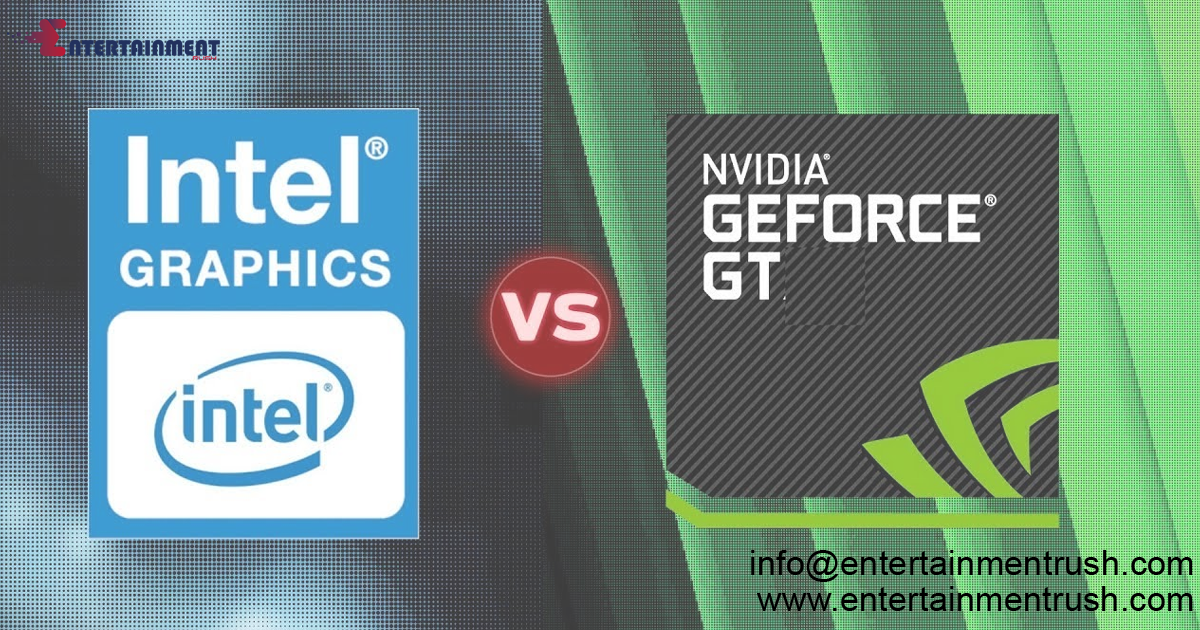In the dynamic landscape of technology stocks, the rise and fall of industry giants can often mirror broader shifts in innovation, market demand, and corporate strategy. In the case of Intel and Nvidia, two titans of the semiconductor industry, the diverging trajectories of their stocks in the S&P 500 this year tell a compelling story of challenges and triumphs.
As the curtains drew on the first quarter of the year, Intel found itself in an unexpected position: the worst-performing tech stock in the S&P 500. This was a startling turn of events for a company that has long been synonymous with the foundation of computing technology. Intel’s struggles have been multifaceted, ranging from manufacturing delays to increased competition in key markets.
At the heart of Intel’s woes lies its struggle with advancing its semiconductor manufacturing technology. The company has faced setbacks in its transition to smaller transistor sizes, a critical aspect of maintaining competitiveness in the semiconductor industry. Delays in the rollout of its next-generation chips have not only impacted Intel’s ability to meet market demand but have also allowed competitors to gain ground.
Moreover, Intel has faced stiff competition from rival chipmakers, most notably Nvidia. While Intel has historically dominated the market for central processing units (CPUs), Nvidia has carved out a niche in the lucrative market for graphics processing units (GPUs) and has been expanding its reach into other areas such as data centers and artificial intelligence.
Nvidia’s ascent as the second-best performer in the S&P 500 this year underscores its success in capitalizing on emerging trends in technology. The company’s focus on high-performance computing, coupled with its strategic investments in areas like data centers and autonomous vehicles, has resonated well with investors. Nvidia’s GPUs have become indispensable for a wide range of applications, from gaming to scientific research, further solidifying its position in the market.
Beyond its core business, Nvidia has made strategic acquisitions and partnerships to bolster its competitive advantage. The company’s acquisition of ARM Holdings, a leading designer of semiconductor intellectual property, has the potential to reshape the landscape of the semiconductor industry and fuel Nvidia’s growth in key markets such as mobile devices and the Internet of Things (IoT).
In contrast, Intel has faced mounting pressure to address its strategic challenges and regain investor confidence. The company has announced plans to invest heavily in its manufacturing capabilities, including the construction of new fabrication facilities and the outsourcing of chip production to third-party foundries. These efforts represent a concerted attempt to regain momentum in an increasingly competitive market.
However, Intel’s road to recovery is likely to be fraught with challenges. The semiconductor industry is notoriously capital-intensive and requires significant investments in research and development, manufacturing, and talent acquisition. Intel will need to navigate these complexities while simultaneously fending off competition from established players like Nvidia and emerging challengers from China and elsewhere.
Despite Intel’s current struggles, it would be premature to count the company out. Intel remains a powerhouse in the semiconductor industry with a storied history of innovation and technological leadership. The company’s vast resources, extensive patent portfolio, and longstanding relationships with industry partners position it well to bounce back from its current setbacks.
In conclusion, the contrasting fortunes of Intel and Nvidia in the S&P 500 this year offer valuable insights into the dynamics of the technology sector. While Intel grapples with challenges stemming from manufacturing delays and increased competition, Nvidia continues to thrive on the strength of its strategic vision and innovative products. As both companies chart their respective paths forward, the semiconductor industry is poised for further evolution and disruption, with Intel and Nvidia at the forefront of these transformative changes.



Leave feedback about this